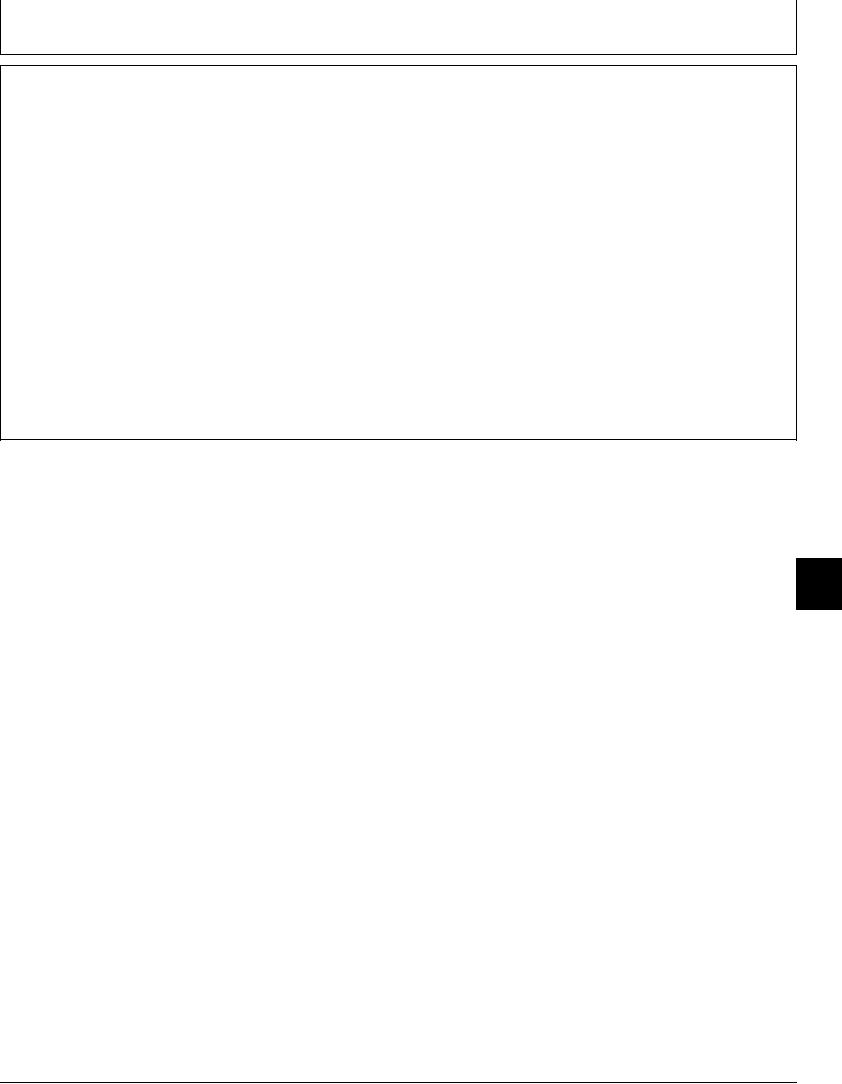
TM 5-3805-281-24-1
Theory of Operation
The flow of oil through the orifices (H) causes a
Pilot oil from the pilot pump (G) flows to the control
pressure drop; the pressure of oil downstream of each
valve and through the filter, orifices (H), and into the
orifice is less than the pressure upstream of the
propel pilot signal passage (A) and dig pilot signal
orifices. When no functions are actuated, none of the
passage (N).
switches or valves in the signal passages are
actuated.
The oil in the propel pilot signal passage flows to the
propel pressure switch (E) and shuttle valve (F), past
When a function is actuated, the valve spools shifts
the top end of the right (J) and left (T) propel valve
blocking the flow of pilot oil through the signal
spools, and then to the hydraulic oil tank. The oil in the
passage. The oil pressure upstream of the valve spool
dig pilot signal passage flows to the dig pressure
increases to approximately the pressure setting of pilot
switch (D), to the swing park brake release valve (B),
pressure regulating valve and actuate the switch and
to the flow combiner valve (I), past the top end of
valves in that signal passage.
bucket (K), auxiliary (S), boom II (R), arm I (Q), and
swing (P) valve spools, and then to the return
passage.
CED,TX08227,3118
1905MAY982/2
9025
05
41
6-40

